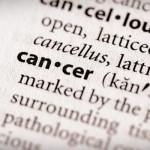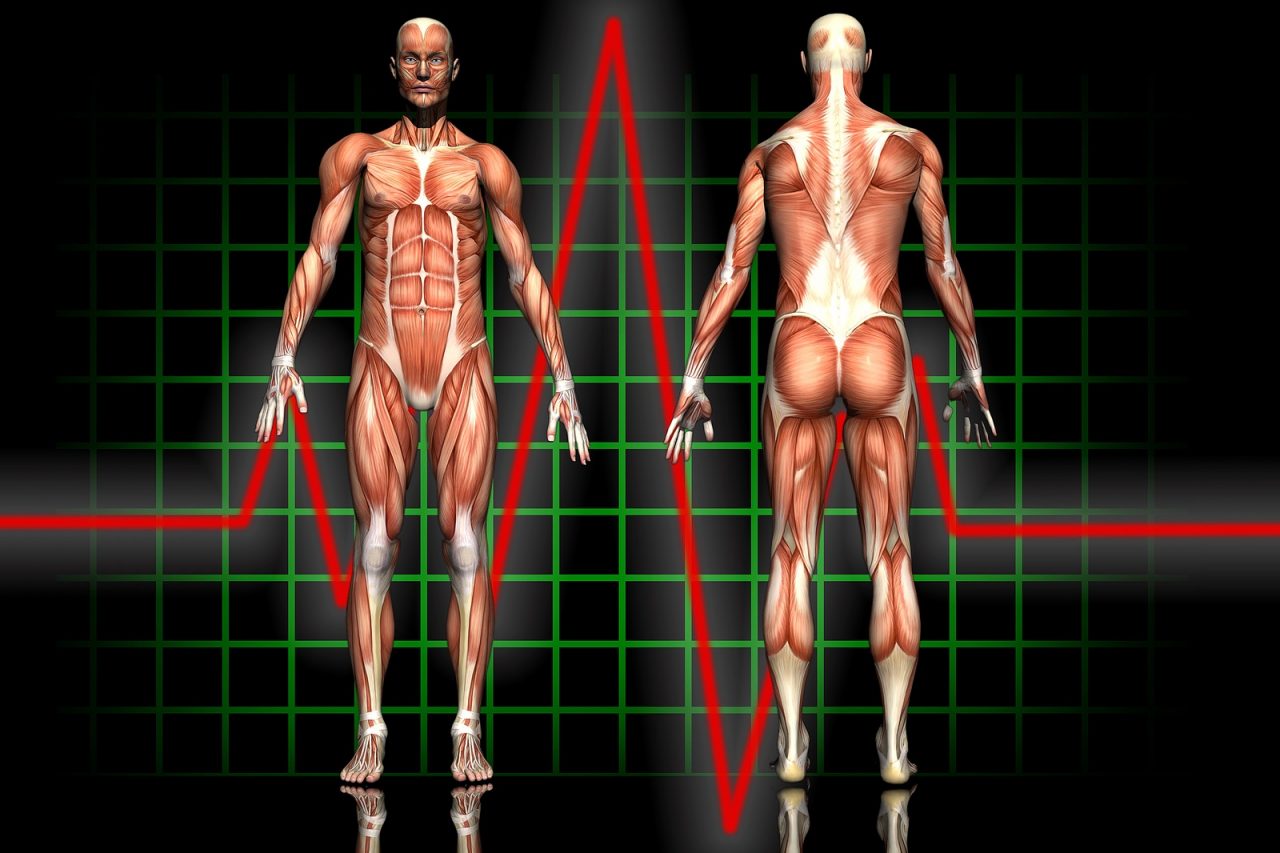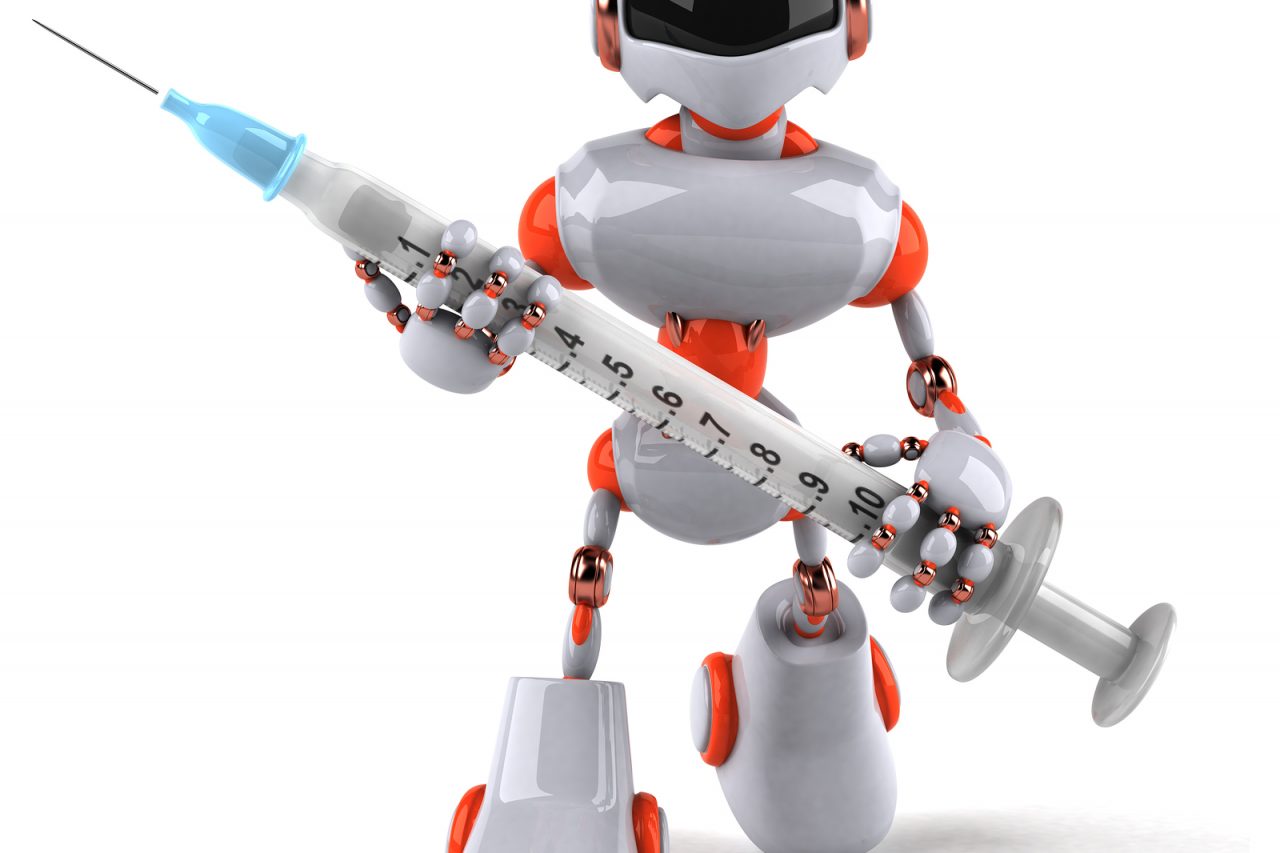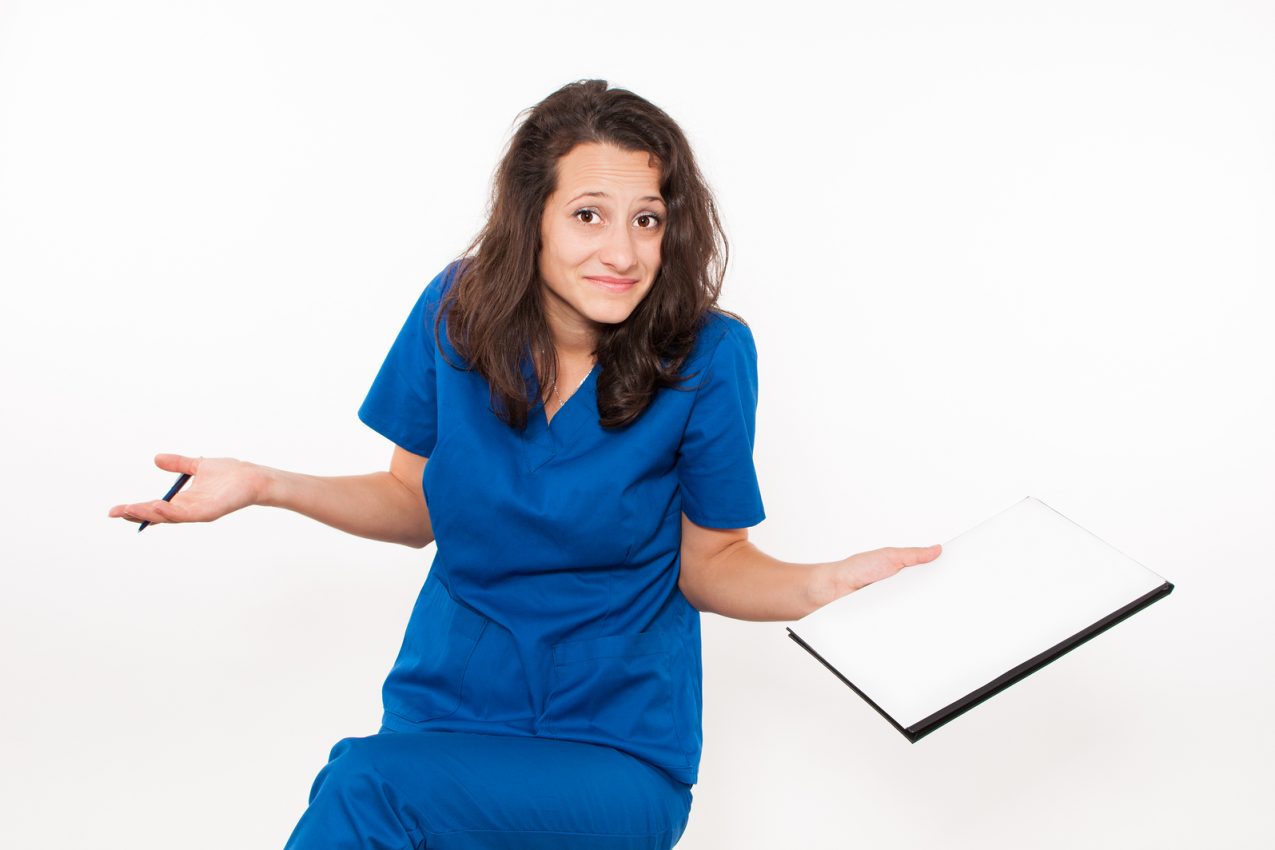The Hippocratic Oath commits a physician to do many things. The pledge includes trying to prevent disease, protect privacy, respecting medicine as an art as well as a science and being willing to say, “I do not know.” It even commits the doctor to recall the annals of science. However, no where in the Oath does it say, “I will commit my body upon which to be experimented, even if I should die.”
Doctors have a long history of using their own bodies to test their theories and treatments. The recent death of Dr. Ralph M. Steinman recalls these sacrifices. Dr. Steinman is the father of one of the most modern of cancer treatments, dendritic cell activation. He discovered this class of immune cells 37 years ago, and built a research career around them. His discoveries lead to the first adaptive immune therapy, Provenge, to treat prostate cancer, and the recently approved melanoma therapy, ipilitunab. For this work, Dr. Steinman received the Nobel Prize. Four years ago Dr. Steinman became ill with Pancreatic Cancer.
The remarkable part of the story is what this committed scientist did with this “opportunity.” He had a piece of his own cancer removed and attempted to develop a dendritic cell therapy against it. His own personal vaccine. Did it work? Hard to tell. He lived four years with the cancer, and did receive conventional therapy. Joining a many century history of sacrifice Dr. Steinman became, at the same moment, doctor, patient, scientist, clinical researcher and guinea pig.
Physician scientists have been doing this for centuries. Their incredible stories would fill tomes.
Surgeon John Hunter inoculated himself with syphilis in 1767. In that time before treatment, he lived another 26 years with the infection. In 1844 Hartford Connecticut resident Dr. Horace Wells gave himself nitrous oxide and had a colleague extract one of his molars. He was one of the first to show that anesthesia can work.
Jesse William Lazear had himself bitten by a Yellow Fever carrying Aedes aegypti mosquito in order to prove that the insect transmits the virus. His experiment worked and he came down with Yellow Fever. Tens of thousands of lives were saved. He died.
As an intern in 1929, Dr. Werner Forssmann threaded a catheter into a vein of his own arm and slid it all the way into his heart. He opened up the possibility of cardiac catheterization by showing a beating heart could be touched.
Just after the Second World War, German physician scientist Gerhard Domangk injected himself with cancer cells, attempting to develop a universal cancer vaccine. He had previously received the Nobel Prize for the discovery of sulfa antibiotics. Dr. Domangk was not successful in finding a cancer cure, and fortunately did not get cancer.
John Paul Stapp, MD. was a Colonel in the United States Air Force who did ground breaking work on acceleration and decompression. He solved the problem of decompression sickness (the bends) that was limiting high-altitude flight. His experimental guinea pig? Himself. Dr. Stapp participated in multiple high altitude and high-speed experiments, during which he broke bones and detached his retina. Not only did he make invaluable contributions to aircraft capability and safety, but also contributed to the laws requiring safety belts in cars. To Dr. Stapp is attributed the phrase “Murphy’s Law (Anything that can go wrong will go wrong).”
In 1984 Australian physician, Barry J Marshall concluded that most stomach ulcers were infectious. To prove this radical and unpopular concept he drank a murky soup of Helicobacter pylori bacteria. He soon became ill. Dr. Marshall then had colleges biopsy his stomach. These biopsies disclosed the presence of early ulcers. He was cured with antibiotics and the treatment of Peptic Ulcer Disease changed forever.
Recently there is the thought provoking story of the Physicians in AIDS Care (IAPC) group in Chicago. This group of healthy doctors volunteered 10 years ago to be deliberately infected with the HIV virus, in order to test the effectiveness of a vaccine. This trial was not carried out (and would have been highly unethical) but it shows the commitment of the participants.
I mourn the loss of Dr. Steinman and marvel at the dedication he showed to medicine. We are accustomed to the image of the physician, dedicating his or her life to the care of patients. Their sacrifice is obvious. However, those brave souls who give their own bodies to save their fellow man belong to a special class. These are remarkable scientist healers and we owe a debt, which is hard to repay.







Comment